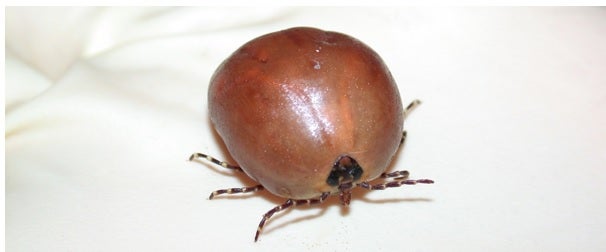So far, pre-clinical data for variegin in rat thrombosis and bleeding models showed very promising data. Variegin appears to have a much larger therapeutic window compared to unfractionated heparin, the standard drug used in clinics. This means that for variegin, effective anticoagulation can be achieved with a significantly lower risk of undesirable bleeding, making it a much safer option for heart vessel stenting and heart bypass surgery. The group hopes to tie up the pre-clinical pharmacokinetics and pharmacodynamics studies as soon as possible to move into first-in-human trials. The NUS Drug Development Unit is conducting further tests on variegin to meet the pharmaceutical industry’s stringent standards for novel human drugs.
Possibly the biggest achievement thus far has been the group’s success in attracting Dr KOH Cho Yeow back to DBS. Dr Koh, who was a Ph.D. student in Prof Manjunatha’s laboratory and contributed immensely to the discovery of variegin, left for Seattle shortly after graduating but has since returned to DBS after five years to pursue clinical development of variegin. On what drew him back to Singapore, he said, “The strong collaboration between diverse teams that included protein chemists, biologists and clinicians was a major attraction.”
In addition to drug development, the group is also exploring other ways to utilise the anticoagulant. Dr Koh recently won a Singapore-MIT Alliance for Research and Technology Innovation Grant for the development of a blood stabilising agent to be used in blood collection devices. Initial data showed extensive stabilisation of blood stored in some of the new anticoagulants developed in the laboratory. A prototype of the blood collection device will be constructed this year.

A fully engorged female Amblyomma variegatum. [Image credit: Dr Maria Kazimirova, Slovakia]
References
1. Chan MY. “Thought Leadership on Thrombotic Disorders in South East Asia.” ASEAN Heart J 22 (2014) 4.
2. Koh CY, Kazimirova M, Trimnell A, Takac P, Labuda M, Nuttall PA, Kini RM. “Variegin, a novel fast and tight binding thrombin inhibitor from the tropical bont tick.” The Journal of biological chemistry 282 (2007) 29101.


